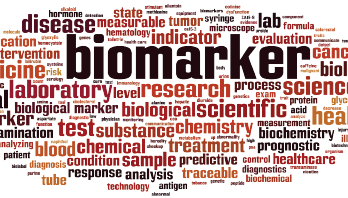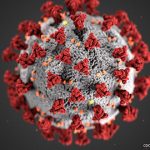
Boris15 / shutterstock.com
A proposed biomarker may improve the diagnosis of rheumatoid arthritis (RA).
Writing in Arthritis & Rheumatology, researchers at Pleasanton, Calif.-based Roche Sequencing Solutions and the University of Toronto say their biomarker, constructed by profiling a comprehensive set of antibodies via high-density peptide array, has high specificity and sensitivity for RA, compared with commercially available assays.1
In recent years, blood tests that detect anti-cyclic citrullinated peptide-2 (CCP2) antibodies present in many—but not all—patients with RA have become a standard part of the workup to diagnose the disease after their inclusion in the 2010 ACR/European League Against Rheumatism classification criteria. Patients with positive CCP2 results often have more aggressive disease and damage to affected joints.
Considered a gold standard test because it is so specific, CCP2 is based on a 20-year-old discovery and only a small number of antigens. Its sensitivity—generally about 70%—means a significant proportion of patients who have RA test negative, says the paper’s first author Ken C. Lo, PhD. He worked for Roche at the time the research was done, but is now principal scientist at Nimble Therapeutics, Madison, Wis.
Even with a negative CCP2 result, the possibility remains that a patient does have anti-citrullinated protein antibodies (ACPAs) that current tests can’t identify. “That’s where we wanted to push the boundary,” Dr. Lo says.
A Broader Approach

Dr. Lo
Dr. Lo and the other researchers tried screening for more antigens to which antibodies bind. They used a high-density peptide array with more than 4.6 million peptides, including the entire annotated human proteome, plus citrullinated peptides in which citrulline was substituted for arginine and homocitrullinated proteins in which homocitrulline was substituted for lysine. This approach, say the researchers, is a comprehensive screen against all positive epitopes and represents the first unbiased portrait of the RA serum antibody repertoire, which they call the “RA antibody reactome.”
With this method, the investigators profiled serum samples from 18 RA patients and eight controls. They found frequent antibody reactivity against citrullinated peptide probes. Nearly 15,000 citrullinated peptide probes, or about 1% of total citrullinated probes, had significant reactivity at high frequency in RA samples.
Antibody reactivity for both native and homocitrullinated peptide probes occurred at a substantially lower frequency, with only 10 native and two homocitrullinated peptide probes demonstrating significant reactivity at less than 50% frequency in samples from patients with RA. Compared with control samples, the mean number of peptide probes with significant reactivity in RA samples was not statistically different for native and homocitrullinated peptide probes.
Hierarchical clustering analysis showed 12 of the 18 RA samples had consistent peptide level reactivity against citrullinated peptide probes, which “readily formed a distinctive group of RA patients from controls,” the paper says.
These results showed the method could be the basis of a new diagnostic biomarker.

